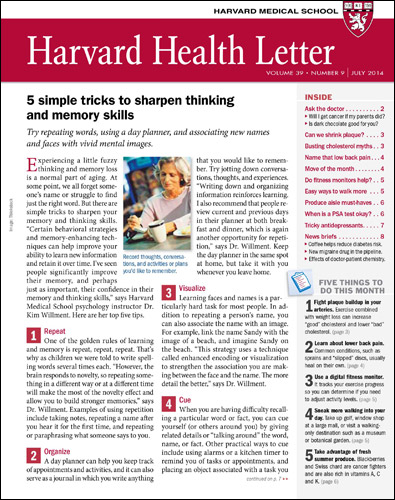What exactly is cupping?

Follow me on Twitter @RobShmerling
The 2016 summer Olympics had its share of exciting performances, upsets, and photo finishes. But for days after Michael Phelps's first appearance at the games, it seemed all anyone could talk about was "cupping." It's an ancient therapy that left multiple circular discolorations on his skin. During "dry cupping," suction is applied to the skin for several minutes; sometimes it is combined with massage, acupuncture, or other alternative therapies. ("Wet cupping" is similar except that blood is removed by making small cuts in the skin.)
Cupping is supposed to draw fluid into the area; the discoloration is due to broken blood vessels just beneath the skin, much like a bruise. Cupping has been popular in Egyptian, Chinese, and Middle Eastern cultures going back thousands of years, but increasing numbers of people worldwide have been adopting it. Celebrities and athletes have popularized it in the U.S. in recent years.
What is cupping supposed to do?
According to its advocates, cupping is supposed to promote healing and has been used extensively for sore muscles. But that's only the beginning. Cupping has also been used for
- back and neck pain
- skin diseases such as acne and hives
- lowering cholesterol
- migraines
- knee arthritis
- improving immune function.
And there are many others. If cupping does help with these problems, it's worth asking: how? From a biological perspective, it's not clear how the application of suction and drawing blood into an area under the skin would provide all these benefits. A recent review of the treatment describes cupping as a treatment that can strengthen the body's resistance, restore balance between positive and negative forces, remove disease-causing factors, and promote blood circulation. But exactly how is unclear.
Does cupping work?
A number of studies have examined this question, but unfortunately don't seem to have convincingly answered it. A 2023 review of the evidence found that cupping might provide some relief for a number of musculoskeletal and sports-related conditions, including neck and back pain, but that the quality of the evidence was limited. A 2022 review found that wet (but not dry) cupping was effective for low back pain.
One problem is that it's tough to perform a high-quality study on cupping. The best studies are "blinded placebo-controlled trials" in which neither the patient nor the researcher knows which treatment (real or placebo) has been given to a study subject. When medications are studied, coming up with a placebo pill is not difficult; it can be much more difficult to create a convincing placebo comparator for cupping. In addition, pain can be a difficult thing to measure and the placebo effect — improvement related to an expectation of benefit — can be quite powerful.
Still, there have been studies comparing actual acupuncture with convincing but fake (or "sham") acupuncture. Similar studies of cupping could be possible. And if cupping truly helps you, you may not care if it's due to the placebo effect.
Are there risks involved with cupping?
Most experts agree that cupping is safe. As long as those treated don't mind the circular discolorations (which fade over a number of days or weeks), side effects tend to be limited to the pinch experienced during skin suction. It's quite unusual that cupping causes any serious problems (though, rarely, skin infections have been reported).
So, what's next?
If you want compelling evidence of effectiveness before trying a treatment, you may want to pass on cupping for now. But if you'd like to try something that's safe and might help with certain aches and pains (and possibly other ailments), the main downsides seem to be the temporary skin discoloration and the cost — I found estimates online of $25 to $200 per treatment depending on how long a treatment session lasts. Some people have it only "as needed" but others may have it monthly or even more often. Future research could prove that cupping is as good as the claims say it is — but we'll have to wait for the results of additional high-quality studies to know if it's true.
About the Author

Robert H. Shmerling, MD, Senior Faculty Editor, Harvard Health Publishing; Editorial Advisory Board Member, Harvard Health Publishing
Disclaimer:
As a service to our readers, Harvard Health Publishing provides access to our library of archived content. Please note the date of last review or update on all articles.
No content on this site, regardless of date, should ever be used as a substitute for direct medical advice from your doctor or other qualified clinician.
















